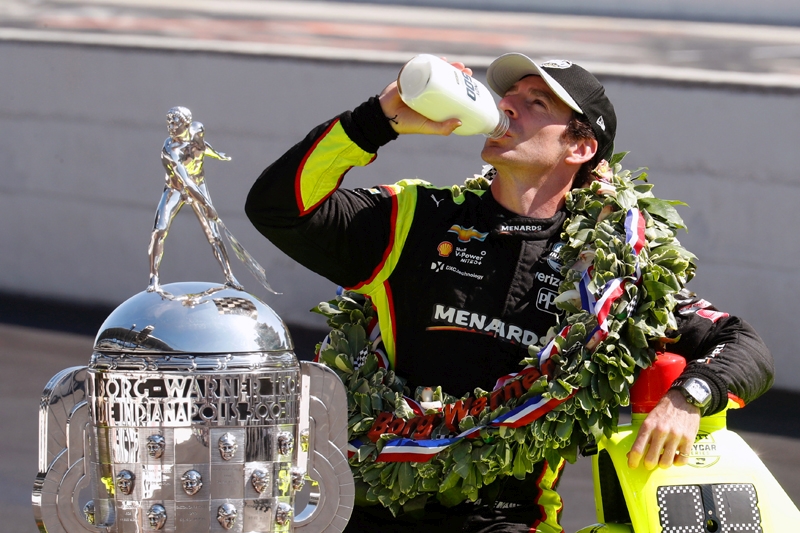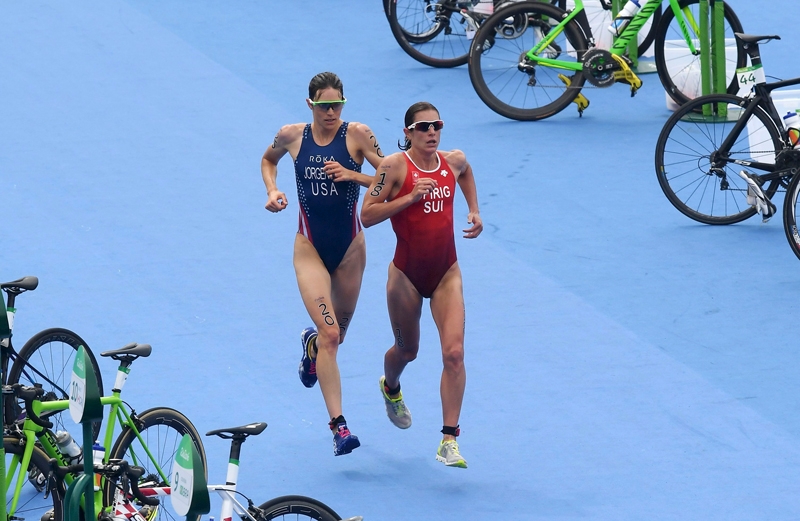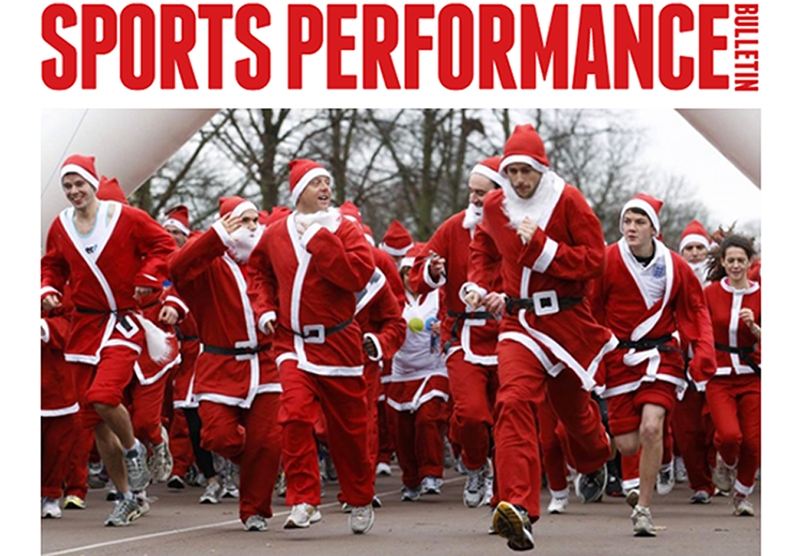Triathlon injury: build resilience, train better

Injuries and illnesses are very common amongst triathletes; you can have too much of a good thing(1). Getting the balance right between improving performance and overdoing it is hard, even for the top level triathletes. Research shows that triathlon competition is a high-risk activity for both amateur and professional triathletes(1,2).
In a UK study of two major summer triathlons over five years, 2.3% of competitors didn’t finish the event, with many different injuries occurring such as including falls, fractures, breathlessness and collapse(1). Breaking these down by category, these were:
- Medical illness (44.1%)
- Musculoskeletal injury (27.1%)
- Topical injury (bruises and the like) (24.8%)
- Three cardiorespiratory arrests in the swimming (one fatality)
- Thirty eight people taken to hospital
Now compare this with a normal training year – you can see that the injury risk per session is lower than during competition (see figure 1). Remember however that the hours spent training vastly outweighs those spent competing; so many more injuries are likely as the year proceeds. Most training injuries occurred during running (50%) followed by cycling (43%) and swimming (7%) with roughly half being musculoskeletal injuries and half being bruises/abrasions.
Figure 1: Triathlon injury incidence per 1000 hours(2)

Training injury risk: 0.69 injuries per 1000 hours; Competition injury risk: 9.24 per 1000 hours
Reducing the risk of injury
Severe illnesses and collapses only seem to occur in racing events, and then are mostly limited to the swimming leg. Whilst outside the scope of this article, and without seeing the exact causes of each case, it does raise the question if swim training in a pool is adequate preparation for a swim event in triathlon? Given the risk is low, but the outcome severe, triathlete should consider what additional strategies (eg open-water training) they can use to fully prepare, and maybe get medical clearance before competing. Bruises and abrasions are likely to occur in bicycling incidents, with some in the other two events; protecting yourself from these means maintaining your bike properly, riding safely and wearing appropriate clothing and equipment.The optimum training load
No single exercise will help overcome the deficiencies caused by a bad training plan! Getting the overall training load right is absolutely essential. This is a problem faced by many amateur triathletes; it is very easy to just try and copy what a professional or full time triathlete is doing, especially if the evidence is anecdotal and detailed information is hard to get.One detailed study of this has been published which shows Ainhoa Murua’s (see figure 2) yearly training plan in the build up to London 2012, where she finished 7th(3). On average in that year, she swam 25km/week, biked nine hours and ran for five hours each week. This amount of training was 35-80% higher than had previously been reported for elite triathletes. The intensity distribution (how hard she worked) followed a polarised format (see later) and is shown in table 1. In that year she moved from 14th in the world rankings to 8th, which is evidence of the plan working.

Ainhoa Murua

Reading what elite endurance athletes do and trying to “water that down” for yourself is almost certainly going to be problematic. The accumulated training volume in elite triathletes is immense and so their body’s response to any training plan will be different than that for someone who has half of that accumulated volume. The most common mistake is trying to keep up with an elite volume programme, forgetting that they do everything much faster. A 10km easy run for a top level triathlete might be 40 minutes, but for a recreational triathlete, 60 minutes. This means to match the volume, the amateur could be spending 50% more time on their feet! This can lead to an overuse injury.
Many triathletes pick an event and then try to cram as much training in as possible around work. A more sensible (and safer) method is to firstly establish how much time you have to train, and then pick an event that matches the reality of your situation, rather than your dream. This most likely means entering short events.
Understanding the concept of polarised training
What is polarised training?The polarised training approach splits training intensity into three zones as shown below:

The recent thinking is that that for endurance athletes seeking maximum gains, zone 1 training should comprise the bulk (over 80%) of the training volume, while ensuring some time (10-15%) is set aside for zone 3 training. Zone 2 training meanwhile should not form a major part of your training volume.
In a study on twelve Spanish sub-elite runners, researchers set and monitored training loads carefully for a period of five months(4). The purpose was to try and quantify the training loads and see whether it was better to combine low intensity volume work with small amounts of moderately high intensity work (zone 2) and very high intensity work (zone 3), or to combine low intensity work with higher amounts of moderate intensity work and some high intensity work.
In one group of runners, the researchers followed the polarisation training distribution found in previous studies, with an 80\10\10 split between the three zones. The second group followed a 65\25\10 split. Both groups spent a similar amount of time in zone 3 (10% of total training time) but the second group replaced some ‘zone 1’ training with ‘zone 2’ training. Both groups also completed 1-2 strength training sessions per week. The average running distance was 80-90km per week, with up to 120km per week in week 16 and a taper down to 40-50km during the competition part of their schedule.
The groups were tested in a simulated 10.4km cross–country race before and after the training period. The first group (who spent more time training at sub-maximal levels) improved their time by 157 seconds and the second group by 121.5 seconds –a difference of 35 seconds - ie investing the majority of training time in zone 1 was more effective than reducing the time in zone1 and replacing it with threshold training. This is in agreement with observations on elite endurance athletes, who have been self-selecting their training intensities in a polarised fashion and appear to spend approximately 75% of their time in zone 1.
How much zone 2?
Should you train at threshold intensity (zone 2 training – about race pace) and if so, how should you do it? Well, it depends on what level you are at and what your training base is. It also depends on how good you are at self-selecting your intensity (or following what your coach has set you!). Beginner athletes have been shown to train too hard in the easy sessions, and not hard enough in the hard sessions and so most sessions end up in zone 2(5). Elite athletes may have self–selected this polarised method as they know their own bodies better and want to prevent fatigue that could lead to underperformance.Training at zone 2 levels too much may lead to impairment of the autonomic nervous system due to insufficient recovery. This has been shown in cyclists after a period of prolonged racing in the Tour of Spain(6). However, for beginner athletes (those with less than three years training experience), training at threshold pace may provide the best adaptation response until total training volume can be built up.
The studies on elite endurance athletes all show them training for more than 10-12 hours a week(7-11). If you’re not able to maintain that degree of training volume, the polarisation method may not work. Instead, novice athletes might be better off doing more training at threshold pace for a few months, which will produce changes locally (increased capillary density and mitochondria in the local muscles). The high intensity training can then be introduced, which will benefit the central systems (heart and lung capacity) in a relatively short time(12-14).
Strength training exercises
One you have established the correct amount of volume and intensity for your level of competition, experience and ability, you can look at introducing exercises to help you get stronger, improve your technique and therefore reduce the risk of an injury. Due to the nature of the sport, triathletes tend to have limited time on their hands, and every precious minute counts in trying to train for three disciplines. The following exercises will help the recreational triathlete. There is no point trying to do more advanced exercises unless you have the time to recover, which is unlikely. Simply ‘doing more’ is unlikely to help.Instead, performing ten minutes a day of suitable exercises, will add up to 70 minutes a week or 58 hours a year (with 2 weeks holiday). This accumulation WILL make a difference, so there is no need to panic exercise. It doesn’t matter how you format the ten minutes: five sets of 2-minute breaks at work, five minutes in the morning, five minutes before a training session are both great. The important point is to do all of the exercises each week, rotating round in sequence. This helps avoid monotony and ensures you cover all areas, rather than just do what you are good at (which is human nature).
*Swim exercises
Prone series: all done starting in the press up position.
Lift one leg, then the other, then one arm, then the other off the floor. Try to reach to an imaginary wall in front of you or behind you, whilst keeping an imaginary glass of water stable on your back. Do this twice each limb. As you get more stable, lift opposite hand and foot off the floor simultaneously (see figure 3).
Figure 3: Opposite arm/leg prone raises

Progressions
- Touch your left foot with your right hand underneath your body then repeat on the other side (five times each side).
- Arm reaches: lift the right hand off the floor and move under left arm, trying to place the right elbow just outside the left hand. Repeat with left hand to the right (five times each side).
- Reach one leg underneath the body at a right angle as far as possible (the side of the whole leg should be nearly touching the floor). Repeat on other side, five times each side.
As mentioned above, a lot of cycling injuries are bruises and abrasions. In addition I find that cyclists are at risk of getting back problems due to their hours in the saddle, so the first three exercises (do three sets of each exercise) will help strengthen and mobilise your back:
- Back extensions: lie on stomach and lift thighs and arms off the floor (x 20 reps).
- Behind the head press with stick in half squat position (x10 reps).
- Overhead squats with stick (x 10 reps). Push stick above your head and lower your bottom to the floor, keeping your heels on the ground and your arms straight).
- Kneel down with knee on the floor, the other leg in front with thigh parallel to the floor.
- Tilt your pelvis so your bottom curls underneath you (only 1-2cm movement) then push the front thigh forward slightly so you can feel the stretch in your rear hip flexor.
- Hold for 10-15 seconds and then repeat.
- Do twice each leg.
Figure 4: Kneeling hip flexor stretch

Thigh stretch:
- Lie on your stomach and pull both of your feet towards your bottom.
- Try to lift your chest off the floor and then your knees.
- Hold for 10-15 seconds and then repeat.
One leg hip hitch:
- Stand with weight on shoulders, one foot on floor, the other resting on a small bench.
- Lift the foot off the bench and bring the knee up by lifting the hip (the stance leg should be fully extended through hip, knee and ankle and weight should be through the ball of the foot).
- Hold this position for one second and then return to the start (five reps each side)
- Using dumbbells by your side or sandbag on the shoulders, stand in front of a small bench or platform that is lower than knee height.
- As you step up on to the bench with the right leg, drive up quickly with the left leg so it is fully extended.
- As you transfer weight onto the right leg, bring the left knee quickly forward and up until it is bent at 90degrees. Ensure that your head is upright and your back is extended throughout.
- You are now stood on the bench on your right foot with the left leg bent and raised in front of your body.
- By varying the weight used, you can vary the speed of movement and change the emphasis of the exercise. Do three sets of three reps per leg.
- To emphasise the hamstrings, start as above, but this time, when the thighs are nearly parallel to the ground, bend forward until the weight and shoulders are over the front knee. The weight shouldn’t be so heavy that you are unable to move the shoulders to the front.
Figure 5: Dumbbell step ups

*Ankle reactivity exercises
In all these exercises it is important to keep some tension in the foot- that means keeping it in a neutral position, not pointed up or down. It is also important to minimise the amount of contact time between the foot and the ground. All the above drills improve the foot and ankle’s reactivity to changing ground surfaces.
- Ankle bounces – while on two feet, keeping the legs almost straight, quickly pull up the toes and leave the floor, as you land quickly pull up again.
- Hopping on one leg - the other leg is used to touch the floor at every hop but with tension in the foot. Perform over a distance of 15 metres. A variation on this can include a high-knee actions in the other leg (so it has to move rapidly up and down in between hops).
The best way to reduce your chance of triathlon-related injury is to pick a suitable level and length of event for your training background, age and experience. Then you can plan your training to allow a gradual build- up of volume and intensity, without being overwhelmed or influenced by what a professional does.
The exercises in this article only work if done consistently and when healthy, allowing adequate rest and recovery in between. Then they will help you run, swim and bike more efficiently and therefore faster. You then get to do better quality training and hopefully see the corresponding improvements in your races.
References
- Br J Sports Med 51 p343-344 (2017).
- Journal of Sports Sciences, 32 (6) p583-590 (2013).
- International Journal of Sports Physiology and Performance 9 p727-731 (2014).
- JSCR 21 (3) p943-949 (2007).
- South African Journal of Medicine 8 p3-7 (2001).
- British Journal of Sports Medicine 35: 424-430 (2001).
- Medicine and Science in Sports and Exercise 28(10) 1327-30 (1996).
- MSSE 29(3) p390-5 (1997).
- International Journal of Sports Physiology and Performance 9 p727-731 (2014).
- Scandinavian Journal of Medicine and Science in Sports 16 p49-56 (2006)
- Japanese Journal of Physiology 50(3) p381-388 (2000)MSSE 33 p2089-2097 (2001).
- SJMSS 14 p303- 310 (2004).
- International Journal of Sports Medicine 22 p586-592 (2001).
- Br J Sports Med 49 p1517-1523 (2015).
You need to be logged in to continue reading.
Please register for limited access or take a 30-day risk-free trial of Sports Performance Bulletin to experience the full benefits of a subscription. TAKE A RISK-FREE TRIAL
TAKE A RISK-FREE TRIAL
Newsletter Sign Up
Testimonials
Dr. Alexandra Fandetti-Robin, Back & Body Chiropractic
Elspeth Cowell MSCh DpodM SRCh HCPC reg
William Hunter, Nuffield Health
Newsletter Sign Up
Coaches Testimonials
Dr. Alexandra Fandetti-Robin, Back & Body Chiropractic
Elspeth Cowell MSCh DpodM SRCh HCPC reg
William Hunter, Nuffield Health
Keep up with latest sports science research and apply it to maximize performance
Today you have the chance to join a group of athletes, and sports coaches/trainers who all have something special in common...
They use the latest research to improve performance for themselves and their clients - both athletes and sports teams - with help from global specialists in the fields of sports science, sports medicine and sports psychology.
They do this by reading Sports Performance Bulletin, an easy-to-digest but serious-minded journal dedicated to high performance sports. SPB offers a wealth of information and insight into the latest research, in an easily-accessible and understood format, along with a wealth of practical recommendations.
*includes 3 coaching manuals
Get Inspired
All the latest techniques and approaches
Sports Performance Bulletin helps dedicated endurance athletes improve their performance. Sense-checking the latest sports science research, and sourcing evidence and case studies to support findings, Sports Performance Bulletin turns proven insights into easily digestible practical advice. Supporting athletes, coaches and professionals who wish to ensure their guidance and programmes are kept right up to date and based on credible science.









